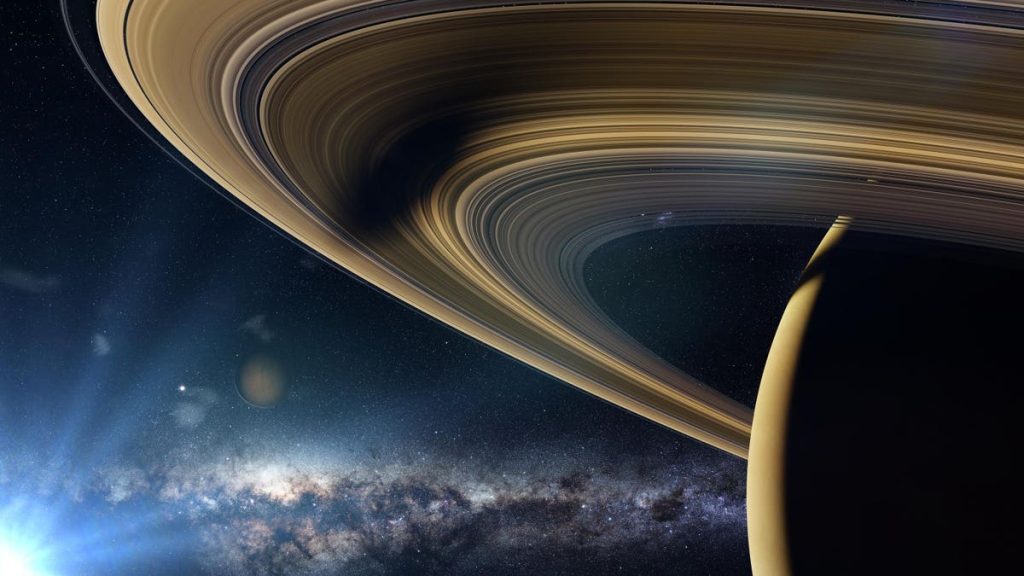Astrobiology —- the study of the origins, evolution, distribution and future of life in the universe —- is arguably best expressed in French artist Paul Gauguin’s late 19th century opus “Where Do We Come From? What Are We? Where Are We Going?” (D’où venons-nous ? Que sommes-nous? Où allons-nous?). Gauguin, who at one point was a Paris stockbroker, would undoubtedly be surprised that NASA had adapted his 1897 post-impressionist painting as the credo for its astrobiology program.
The roots of Gauguin’s masterpiece lie in Tahiti, where he risked it all in a gambit likely designed to discover the essence of who he was. By the same token, the burgeoning young scientific discipline of astrobiology is doing something very similar in the academic realm to understand our origins and whether we are alone in the cosmos.
But is the field of astrobiology too risk averse when it comes to robotic space missions?
That’s a question I posed to Stockholm University astrochemist Wolf Geppert at last month’s European Astrobiology Institute’s (EAI) biennial scientific meeting on the Spanish island of La Palma.
We are generally too risk averse in science, Geppert, the EAI’s chairman, told me at the La Palma conference. This probably has to do with one inherent difference between commerce and science, he says. In commerce, you can measure the risks and gains in Euros but in science it’s not as easy to place a monetary value on potential scientific gains, he says.
It’s getting more difficult to convince the general public to do high risk science, says Geppert.
Part of the problem, he says, is that the public is now asking why we should invest in space missions when we have pressing terrestrial problems such as climate change and the ability to provide health care to an increasingly elderly population.
So, politicians and other authorities are under huge pressure not to invest money in science and that leads to a certain risk aversion, says Geppert. You don’t really want to be responsible for a mission that fails and costs a lot of money, he says.
But space science contributes quite a lot to climate research, says Geppert.
Geppert has been chairman of the institute since its inception in 1999 as a non-profit organization primarily funded through a consortium of European universities and scientific institutes.
Very often, you’ll see quite a lot of downsizing in space missions and often at the cost of astrobiology related parts of the program, says Geppert. Often you start with a very ambitious mission plan and due to funding and other problems, a lot of the payload is reduced, he says.
There’s also the sheer number of space mission proposals that end up on the cutting room floor.
Geppert says this results in time and work lost in designing a mission that never reaches fruition simply due to a lack of funding.
Despite such downsides, astrobiology missions also have a history of bringing serendipitous technological benefits back to Earth.
Geppert’s favorite example are mass spectrometers, which are used to identify the chemical makeup, mass and structure of a given scientific sample.
Before NASA’s Viking mission to Mars, such spectrometers had been devices the size of a room, says Geppert. But MIT chemist Klaus Biemann soon performed the Herculean task of manufacturing a mass spectrometer small enough to go on a spacecraft, he says. People then realized that desktop mass spectrometers were possible and they revolutionized analytical methods in uses ranging from isotope dating to airport security, says Geppert.
What should Europe be doing in astrobiology that it isn’t already?
Applying a concerted approach in research, training and public engagement in astrobiology is something that the EAI can and should accomplish, says Geppert. Astrobiology is too diverse a field to be tackled by a single national research community, he says.
To that end, some 250 mostly young astrobiology researchers from all over Europe came to La Palma for a week of presentations and informal discussions.
When I was a student, the physical chemistry and organic chemistry institutes didn’t even talk to each other, says Geppert. But these early career scientists here have grown up with astrobiology and are used to interdisciplinary work, he says.
As for answering Paul Gauguin’s ultimate questions?
The more missions a given nation or group and nation undertake, the more commonplace they become, and the quicker we benefit both scientifically and technologically. That’s how NASA reached its goal of landing men on the Moon within a decade of Kennedy’s clarion call to do so.
It’s going to take dozens more robotic missions to and from all parts of our solar system as well as a few new space telescopes truly capable of detecting biosignatures from distant extrasolar planets. But until humanity fully commits to the task, we will not be able to answer these most fundamental of all questions.
Read the full article here










